ט״ז אלול ה׳תשע״ט | September 15, 2019
Tes-Vov Elul: Tomchei Tmimim Founded
On the 15th of Elul, 5657/1897, during one of the sheva brochos meals of the Frierdiker Rebbe’s chasunah, the Rebbe Rashab announced that he had taken to create a yeshiva that will combine the learning of nigleh and Chassidus.
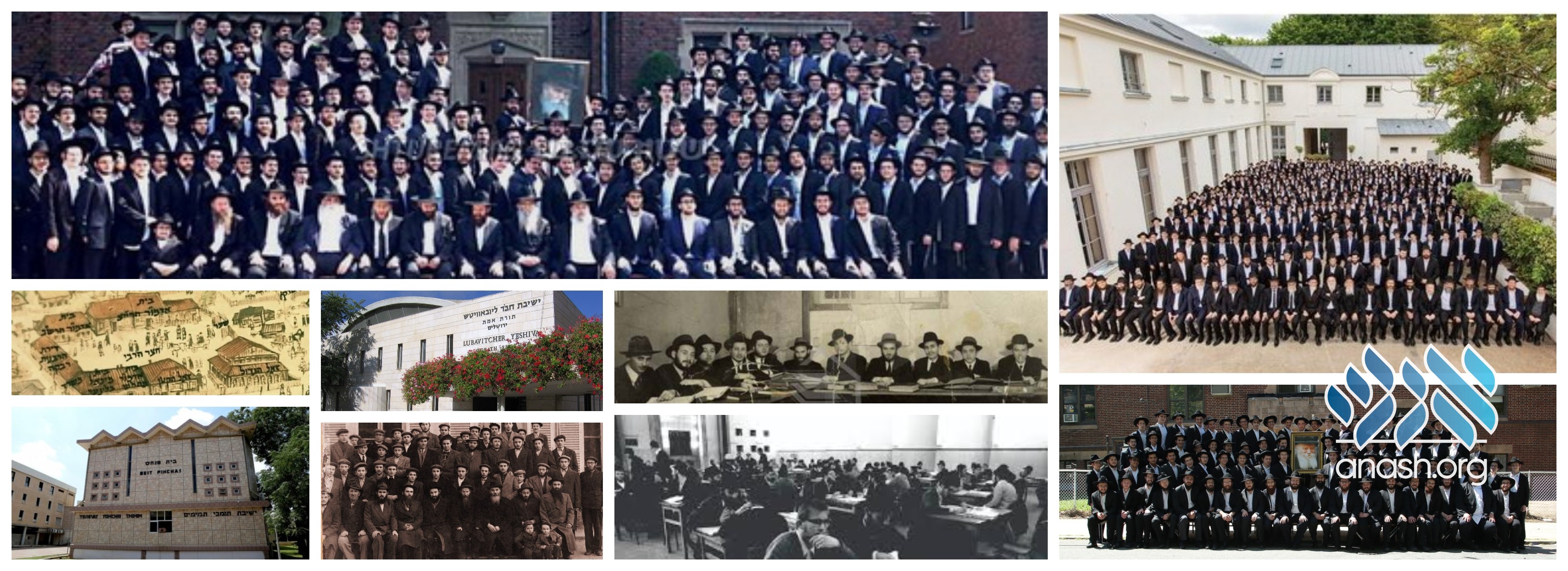
By Anash.org staff
On the 15th of Elul, 5657/1897, during one of the sheva brochos meals of the Frierdiker Rebbe’s chasunah, the Rebbe Rashab announced that he had taken to create a yeshiva that will combine the learning of nigleh and Chassidus and will raise talmidim that will chassidim and yerei shomayim, G-d fearing Jews.
“For ten years” – said the Rebbe Rashab – “I have contemplated the idea to create this Yeshiva, and during that time I visited the ohel of my ancestors, the Rebbe Maharash and the Tzemach Tzedek, many times. The Yeshiva is not only for Torah, there’s no shortage of houses of Torah learning.”
“The intention here is to shine light; that those who learn Torah here – nigleh and Chassidus – should have with what to walk on the street” (that they should be able to think of what they learn while they walk in the street.)
“The yeshiva that I am founding with Hashem’s help today; my request of the Eibershter is that he grants the Yeshiva a spirit of Yiras Shomayim, a spirit of real Avodah, one of good middos and of Kabolas Ol Malchus Shomayim.”
For the first three years, the Yeshiva did not have an official name. Only on Simchas Torah of 5661/1900, during Hakafos on the night of Simchas Torah, did the Rebbe Rashab announce as follows: “The Yeshiva that was founded here with Hashem’s help and grace has no name, I now name it “Tomchei Tmimim,” because the goal of the Yeshiva is that the Torah that is being studied here – nigleh and Chassidus – be complete, and then it will be meshivas nofesh, refreshing of life.”
“The bochurim that learn in Tomchei Tmimim and conduct themselves in its spirit are called “Tmimim.” May the one that gives the Torah bless those that learn in the Yeshiva, as well as those that support the Yeshiva materially and spiritually,” the Rebbe Rashab added.
The first seder of learning took place three days later, on Chai Elul.
In 5747/1987, upon returning from the Ohel, the Rebbe spoke a sicha and made known his surprise that 770 was quiet on this auspicious day. “It’s true that near the sea is dry,” (“leben yam iz trukken“) but even this is too much to bear, the Rebbe added. “I expected that at least here in Tomchei Tmimim, in 770, the joy and dancing would know no bounds,” the Rebbe said.




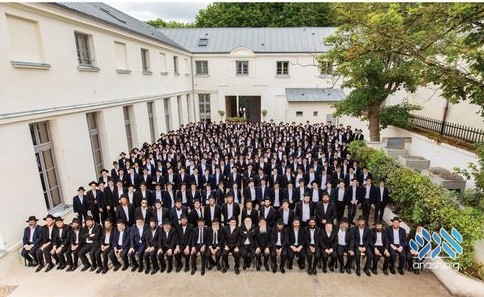

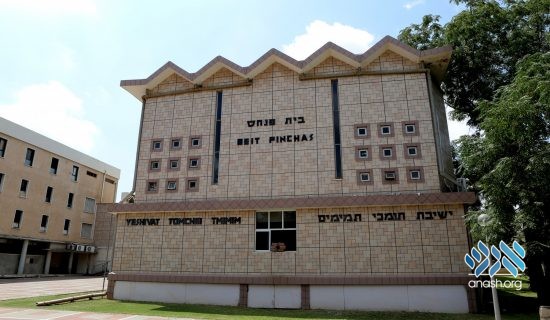

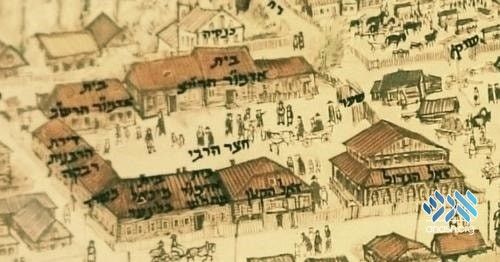
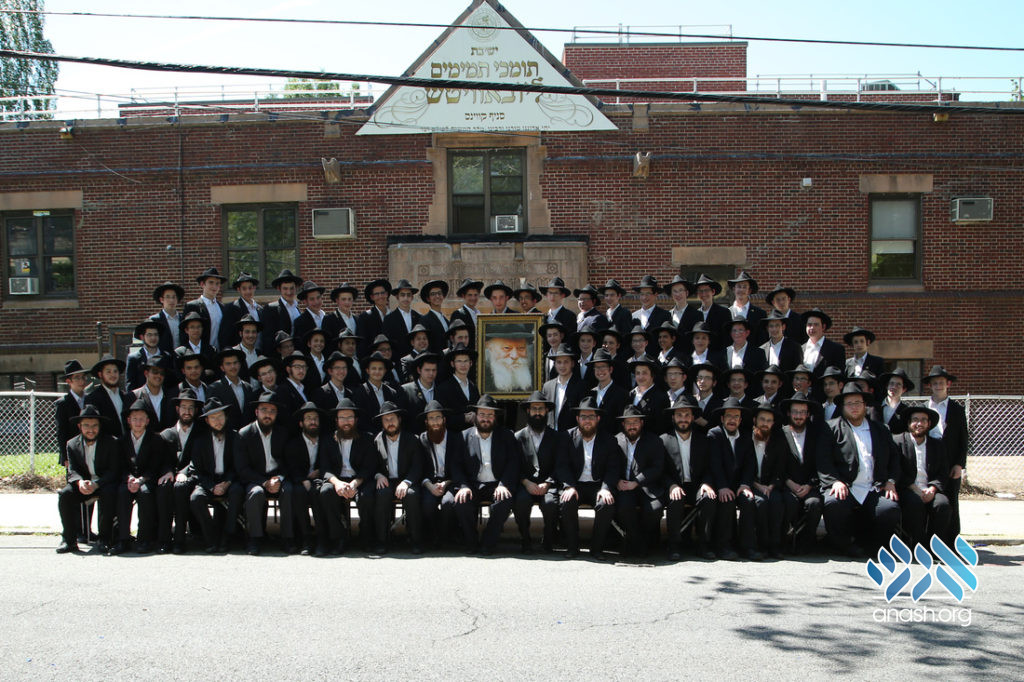

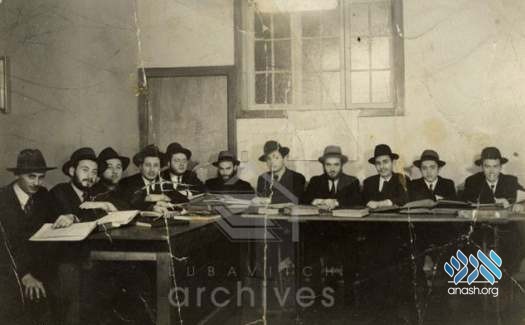
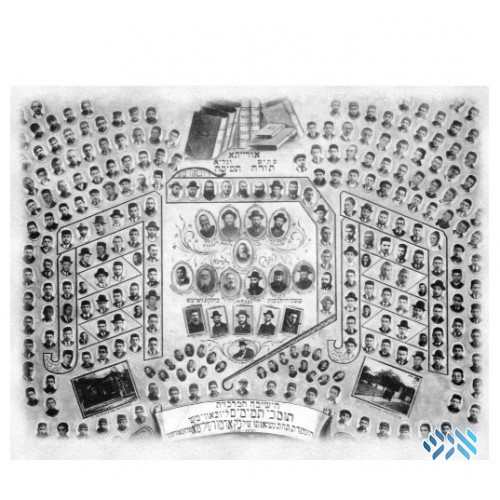

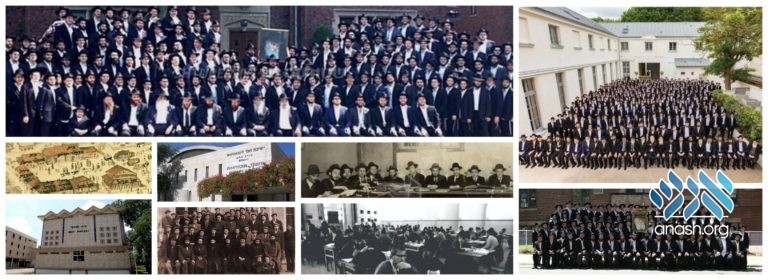
We appreciate your feedback. If you have any additional information to contribute to this article, it will be added below.